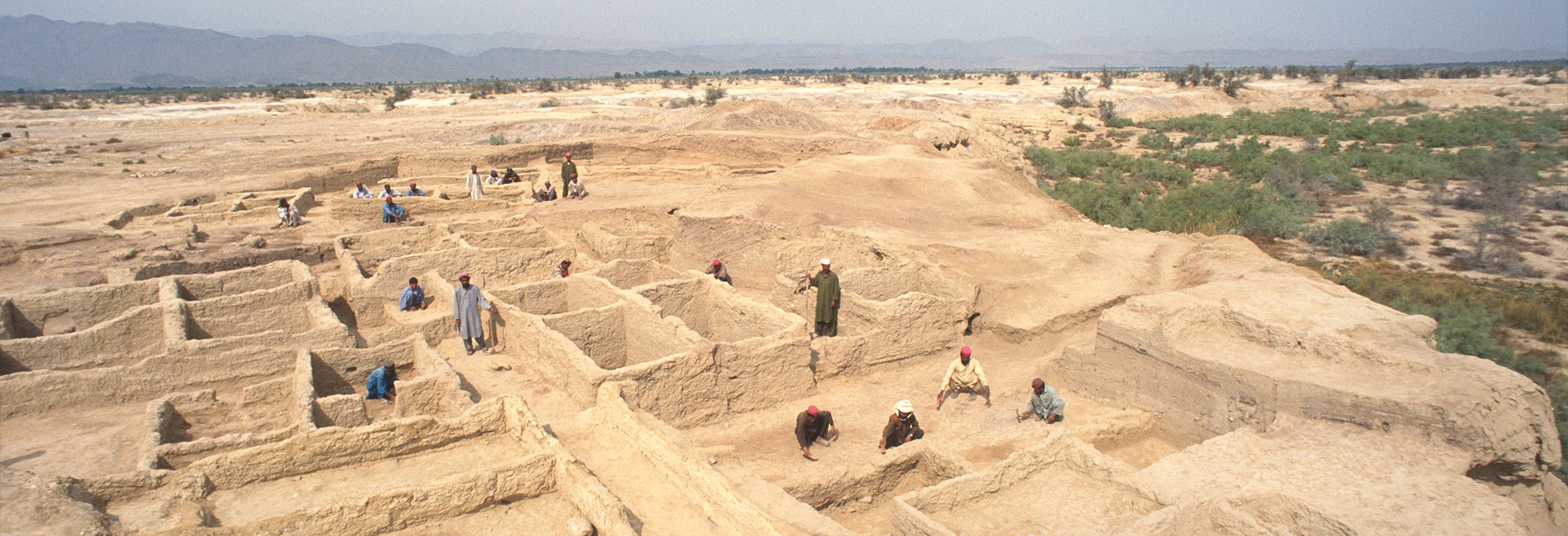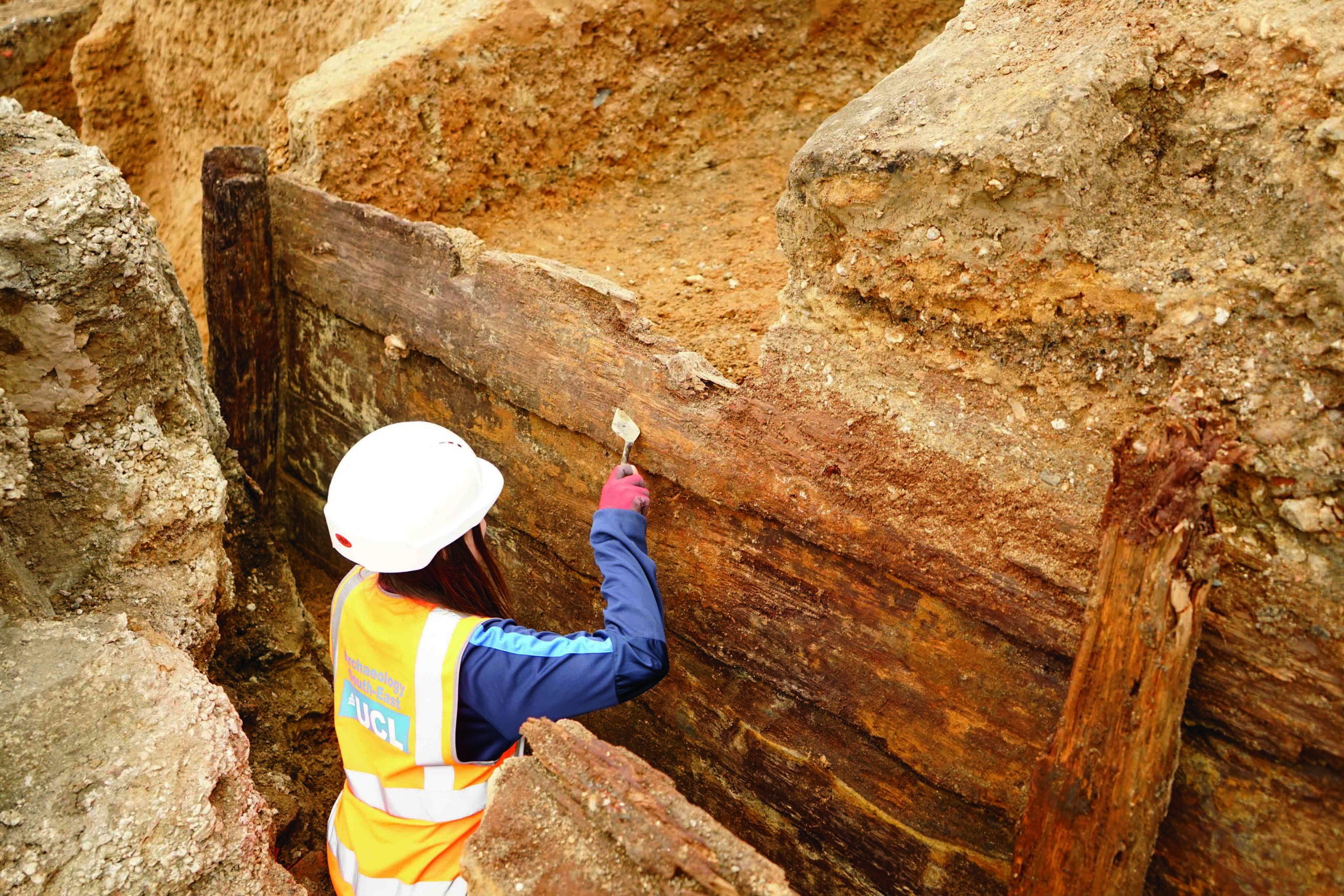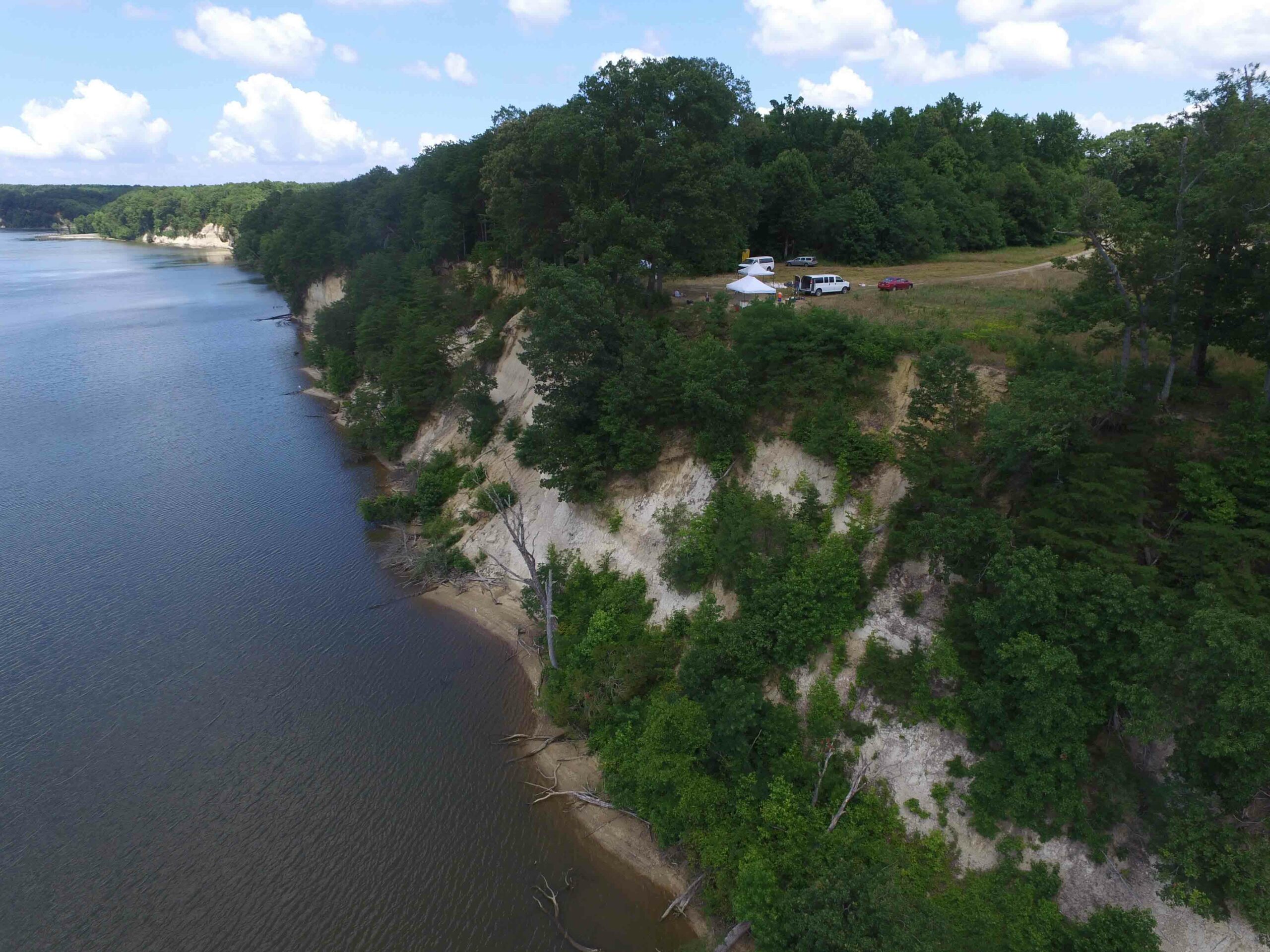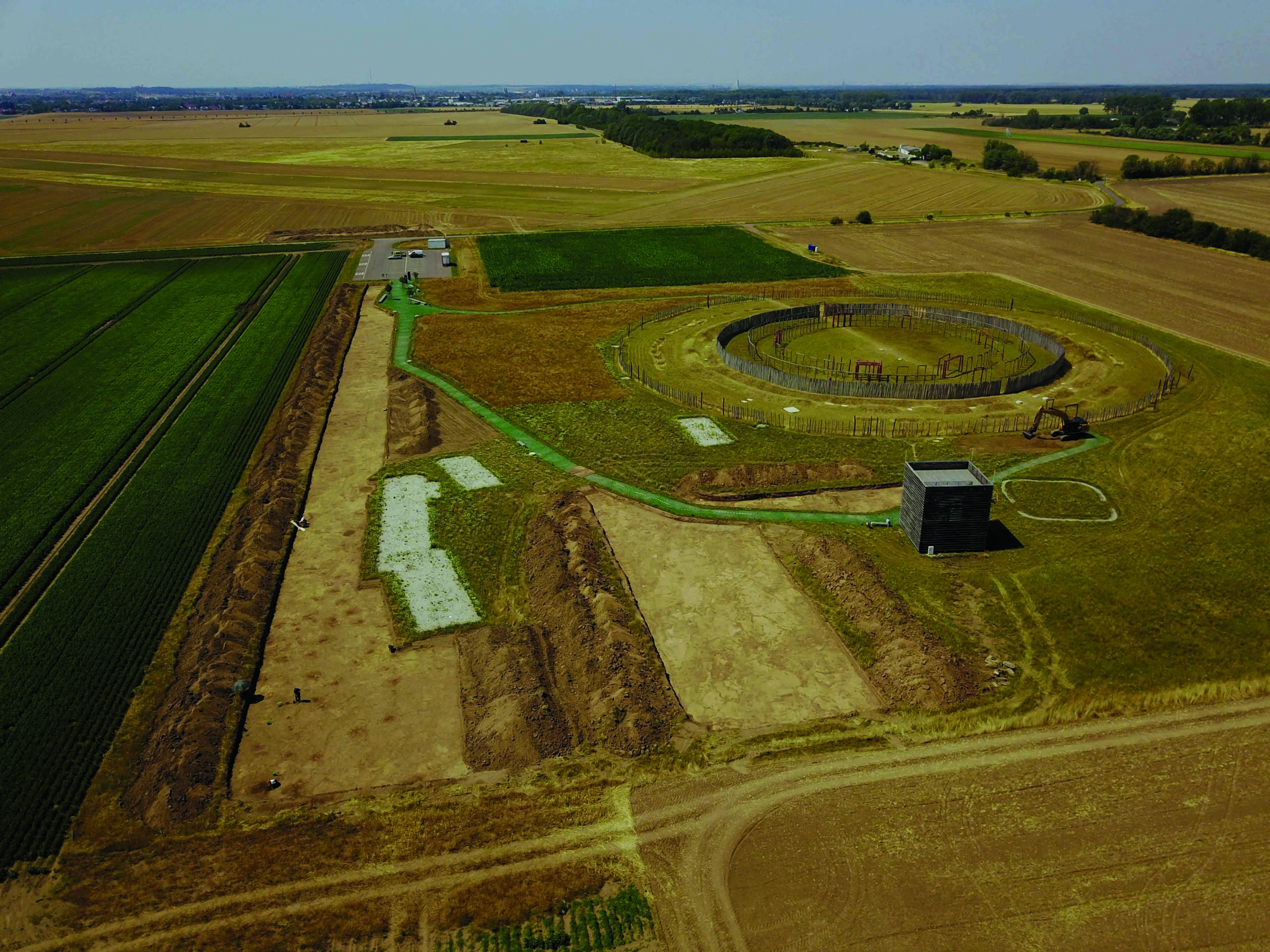
BERKELEY, CALIFORNIA—Hunter-gatherers in the Middle East linked the death of a person and the destruction of a building some 10,000 years earlier than previously thought, according to a Science News report. It had been previously thought that early farmers in the region were the first to place their dead in or under burned houses. Archaeologists Lisa Maher of the University of California, Berkeley, and Danielle Macdonald of the University of Tulsa and their colleagues uncovered a hunter-gatherer woman’s partial charred skeleton in eastern Jordan at a hunting and trading site known as Kharaneh IV. She had been placed on her side, with knees flexed, inside a brushwood structure. Traces of this structure were identified as an outline of sediments rich in charcoal and ash, and these borders suggest the fire was intentional and contained to the solitary structure, Maher explained. Radiocarbon dating of sediments near the woman’s bones indicate the ritual took place some 19,200 years ago. Other structures at the site were occupied for several generations after the woman’s funerary rite, Maher added. To read about evidence for baking among hunter-gatherers in Jordan some 14,400 years ago, go to "The First Bakers," one of ARCHAEOLOGY's Top 10 Discoveries of 2018.










